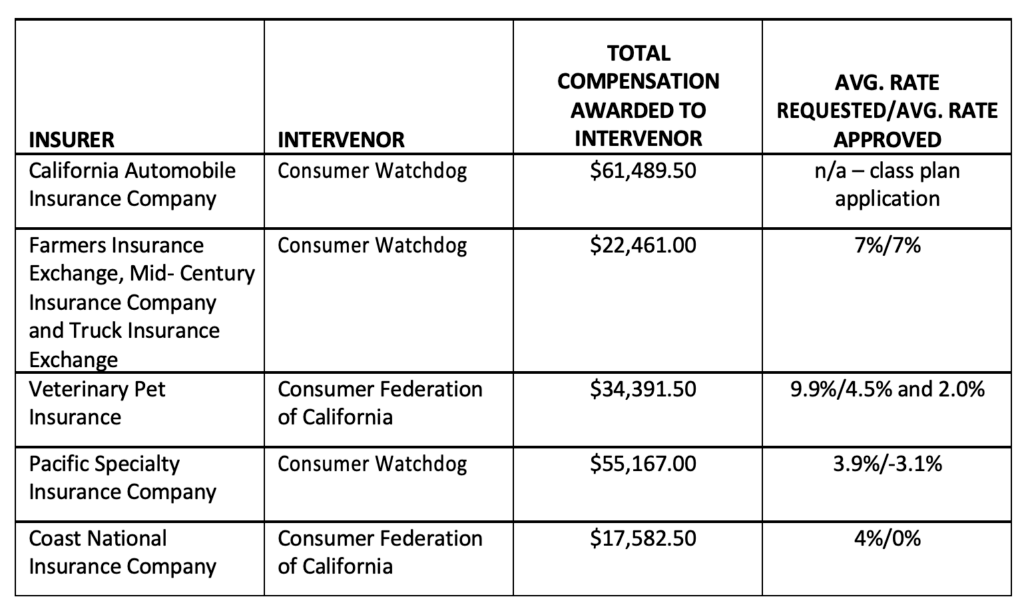Reporting legal or regulatory actions against insurance agents or agencies is a critical but often misunderstood part of maintaining compliance in the insurance industry. Insurance licensing requirements are clear: any type of action against an individual agent or agency must be reported.
Actions against an insurance agent or agency are not uncommon, but failure to report can result in the accumulation of fines and can delay approvals of new or renewal licensing applications.
Though not complicated, reporting actions can be time-consuming, especially when it involves multiple jurisdictions.
Why Does Reporting of Actions Matter?
The insurance industry is based on trust, so integrity and transparency are crucial. Here are some of the reasons reporting is essential:
Ensures Legal and Regulatory Compliance
Insurance agents are often required by law to report any administrative actions taken against them (e.g., fines, license suspensions) to their domicile DOI. Failure to report an action may result in further penalties, including license suspension or revocation.
Promotes Uniformity in Licensing
All DOIs participate in the National Association of Insurance Commissioners (“NAIC”) and the National Insurance Producer Registry (“NIPR”). These entities promote uniformity in the licensing process through reporting transparency in all jurisdictions. This prevents agents from “license shopping” or hiding past infractions by moving from one jurisdiction to another.
Builds Trust with Consumers
Insurers and customers rely on agents and agencies to act in their best interests. Reporting actions is a means of helping regulators to monitor an agents conduct. Knowing that regulators are aware of actions against agents or agencies, provides consumers with peace of mind that they are being protected from fraudulent or unethical behavior.
Upholds Professional Integrity
Agents who are quick to report actions show that they understand the importance of protecting their reputations through honesty and transparency. Reporting demonstrates their commitment to high ethical and professional standards, even if they have found themselves on the wrong side of a disciplinary action. Reporting actions in a timely manner demonstrates their willingness to face the consequences – two desirable characteristics for agents.
Demonstrates Ethics of Agency Officers
Unlike agents, officers or director-level staff of an insurance agency are held to slightly more stringent standards. In these cases, actions issued against individual officers also become attached to the agency itself. For insurance professionals occupying these positions, reporting is critical as failure to report – even actions that happened well in the past – could negatively impact the agency’s reputation.
Initial Licensing vs. Renewals: Differences in Reporting
Keep in mind that questions slightly differ among the initial licensing application versus the renewal application. For example, an initial application asks, “Has anything ever happened?…” versus a renewal application, which asks, “Has anything happened since the last renewal that you did not already report?” This is why staying on top of reporting is essential.
Avoid Compounding Effects
An administrative action in one state might trigger a similar action in another state where the agent is also licensed. Since many agents are licensed in multiple jurisdictions, being proactive about reporting in all areas will reduce quickly compounding negative consequences.
Illustrative example:
An agent received a jaywalking ticket while traveling to another state. The agent didn’t pay the ticket, which led to a warrant for their arrest and a misdemeanor on their record. The agent also forgot to report the ticket to their resident licensing state. Upon discovering the misdemeanor, the state issued an action for the agent’s failure to report. Then, other states issued their own actions for the same reason – the initial failure to report created a domino effect. This small event turned into a significant administrative and financial burden simply because it wasn’t handled quickly.
This kind of scenario, while seemingly small, highlights the importance of reporting even minor infractions to avoid escalating issues or delays with insurance licensing renewals. It’s better to report as timely as possible, so regulatory authorities are notified proactively rather than discovering an action after the fact.
Steps to Stay Compliant
Most actions do not result in a license cancellation/revocation, but failure to report causes delays. When reporting actions, here are some valuable tips to keep in mind.
- Read the questions carefully and answer honestly. DOIs are primarily concerned with offenses involving dishonesty, breach of trust, or financial misconduct, such as fraud, embezzlement, and theft. An attestation question might look like this: Have you ever been convicted of a misdemeanor, had a judgment withheld or deferred, or are you currently charged with committing a misdemeanor? These could impact a license application, but more often, incorrectly answering “No” to an attestation question could delay your application by months. For entities, similar questions apply to the agency’s directors and officers, and the same principles apply to individual licensees at the director level.
- Go as far back as you can. The actions we see often are usually minor, often stemming from youthful mistakes (e.g., DUIs, petty theft, bar fights). Most actions usually have no statutory timeline, which means agents will be expected to report infractions from their “younger years,” including college and the time before they were licensed as insurance agents. It should be noted that juvenile records are excluded from the reporting requirements.
- Report promptly. Reduce the risk of oversight by reporting the action in a prompt fashion right after it happens. Don’t wait until your license is up for renewal to report. DOIs generally allow 30 days to report an action to the NIPR Attachment Warehouse. Working with insurance licensing professionals like Perr&Knight can offload the detail-intensive task of managing agent and agency license renewals to ensure nothing slips through the cracks. We have decades of experience navigating the NAIC and NIPR systems. We can also directly reach out to DOIs and correspond with the examiners to report actions as needed.
- Consult with insurance compliance consultants. Experts like the team at Perr&Knight can help answer questions about reporting actions. Though not legal advisors, our experience reporting actions in all U.S. jurisdictions can help smooth the process, especially if an agent is licensed in multiple states.
Most actions are minor but create unnecessary administrative headaches. Reporting administrative actions is a necessary part of compliant insurance operations. However, keeping these strategies in mind can help avoid delays in licensing or renewals so you can get on with business.
Contact Perr&Knight today to discuss your insurance licensing support needs.














